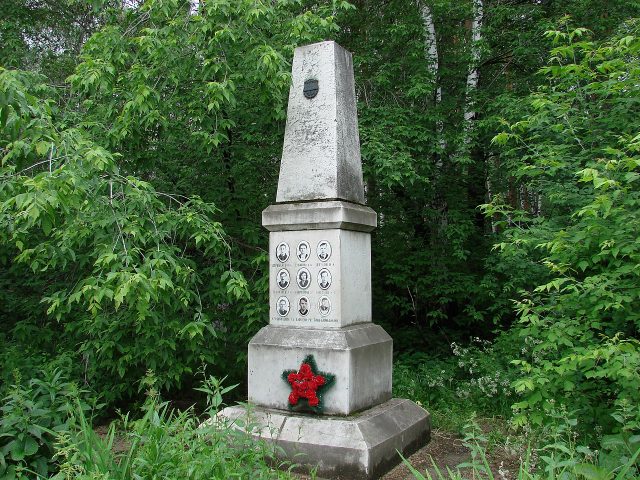The mysterious and horrific Dyatlov Pass case might just have been solved… with a little help from Walt Disney.
2 men set out to look at the snow-bound tragedy from 1959 with modern eyes, using computer simulations and an approach borrowed from ‘Frozen’ animators!
What happened back then? The situation has puzzled experts for decades.
Igor Dyatlov, aged just 23, and his team of 9 experienced skiers embarked on a 2 week adventure in the rocky Urals. 1 turned back but the others pressed on.

A rescue party was sent a few weeks later when nothing had been heard. The group’s tent was found on Kholat Saykhl – Mansi for “Death Mountain” – in the Sverdlovsk Oblast. It was empty, the fabric cut open from the inside.
It took a few months to recover the bodies in the snow. Bizarrely, they appeared to have stripped down despite the unforgiving cold. Then there were the injuries, ranging from cracked skulls to a missing tongue.
As recently as last year, Russian authorities confirmed a long-standing theory that the group were caught up in a slab avalanche. This is where a weakened snow layer breaks, releasing an icy deluge. For many the straightforward explanation was unsatisfactory.
Wilder theories about Dyatlov Pass include a Yeti attack, radioactive contamination or a weird sonic effect that drove the campers insane. Was this a cover up by the Kremlin…?
Writing in the journal Nature, Russian geotechnical engineer Alexander M Puzrin and simulation expert Johan Gaume set out to prove the strange incident wasn’t so eerie after all.
They highlight factors which go against the idea of an avalanche. These are a “lower-than-usual slope angle, scarcity of avalanche signs, uncertainties about the trigger mechanism, and abnormal injuries of the victims.”
Quoted by Eureka, Gaume says he was “trying to understand what might have happened in purely mechanical terms”. The first he’d heard of Dyatlov Pass was via a New York Times journalist who called him to speak on the matter.
As Gaume delved into the mystery he found his mind racing. He then gave acquaintance Puzrin a call and they decided to investigate together.
Combining information from historical records with analytical models and detailed simulations, the pair picked apart the tragedy stage by stage.
For starters, it was assumed Kholat Saykhl wasn’t steep enough for an avalanche. This turned out not to be the case. By their calculations, and reported in depth by National Geographic, they established it was “actually closer to 30 degrees, the rule-of-thumb minimum requirement”.
Even so, a major sticking point was what appeared to be a 9 hour gap between pitching the tent and being hit by the possible avalanche. How come it took so long? And with no snow falling?
Here Gaume and Puzrin point to “katabatic” winds. Smithsonian Magazine describes these as “fast-flowing funnels of air propelled by the force of gravity”. It’s conceivable the consistent natural push led to snow mounting up the slope. Snow which eventually gave way and headed straight toward the unfortunate skiers.
Did they contribute to the deadly process? In this version of events, by setting up camp using tools the group doomed themselves.

“If they hadn’t made a cut in the slope, nothing would have happened” Puzrin comments in Eureka. The resulting disruption from a necessary task, seemingly minor, could have destabilized the ice.
As reported by National Geographic, a hidden layer of loose snow uncovered by 1950s investigators gave any avalanche a slippery access route downhill. Kholat Saykhl’s topography is deceptive. Such a landscape has confused even the best in the mountaineering business.
The pair believe a small onrush of snow, some 16ft, was enough to wreck the camp and be obscured by weather conditions afterwards.
Radiation can conceivably be put down to thorium in the lamps. Ultimately Gaume and Puzrin don’t claim to have all the answers. What they propose is educated guesswork.

The most surprising aspect of the investigation concerned the movie ‘Frozen’. Snow enthusiast Gaume was so intrigued by Disney’s CGI spectacle that he went to America to see how the white stuff was created. This code became an integral part of the Dyatlov simulations.
On a less magical note, General Motors’ work testing seatbelts also came into play. Cadavers were used by the company for various violent demonstrations. The results provided info for Guame and Puzrin to utilize.
While it seems unlikely the brutal injuries of Dyatlov Pass’s victims were caused by accelerating snow and ice, the new research indicates this is possible. Gruesome details like missing eyeballs have been put down to animals scavenging the corpses.
Not everyone will be convinced. Jim McElwaine of Durham University tells New Scientist the group were probably scared by something, escaping the tent and heading into sub zero temperatures terrified and without proper clothing.
Were Dyatlov’s people set upon, or did they get hit by an avalanche and helped each other to safety as best they could? Gaume believes the latter, as mentioned by Smithsonian Magazine.
Another Article From Us: A Massive Anglo-Saxon Cemetery and Treasure Trove Has Been Discoverd
Is the Dyatlov Pass incident a supernatural event, a military cover up or a catastrophe of Mother Nature’s making? Six decades have passed since the tragedy, so the truth will probably never come to light…
